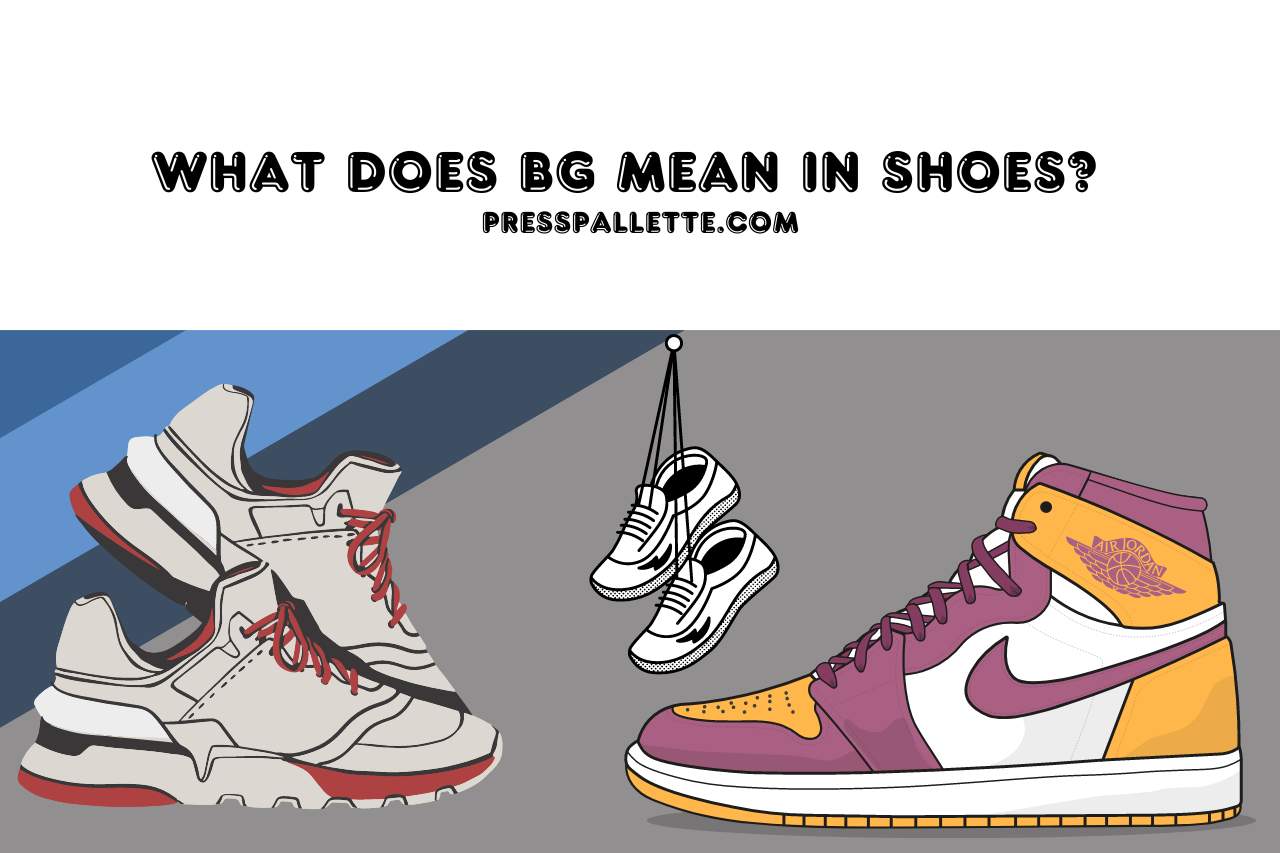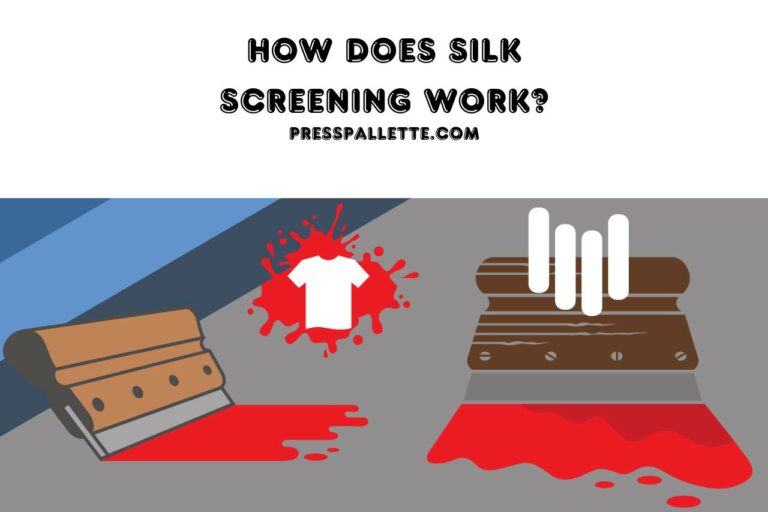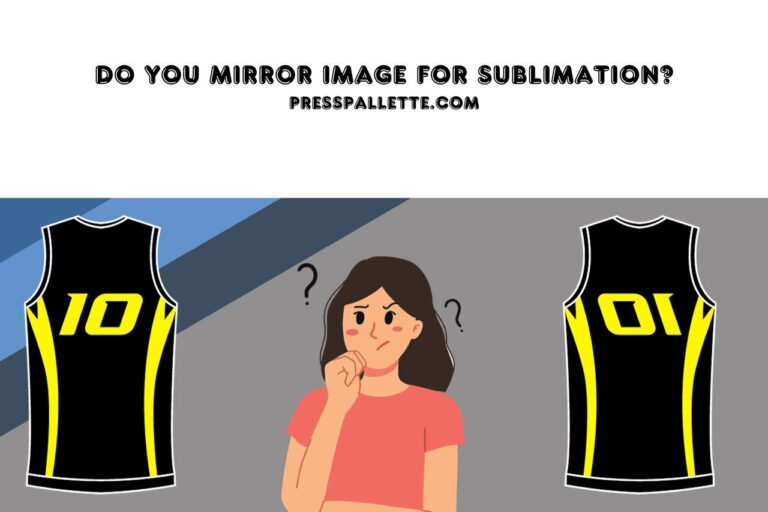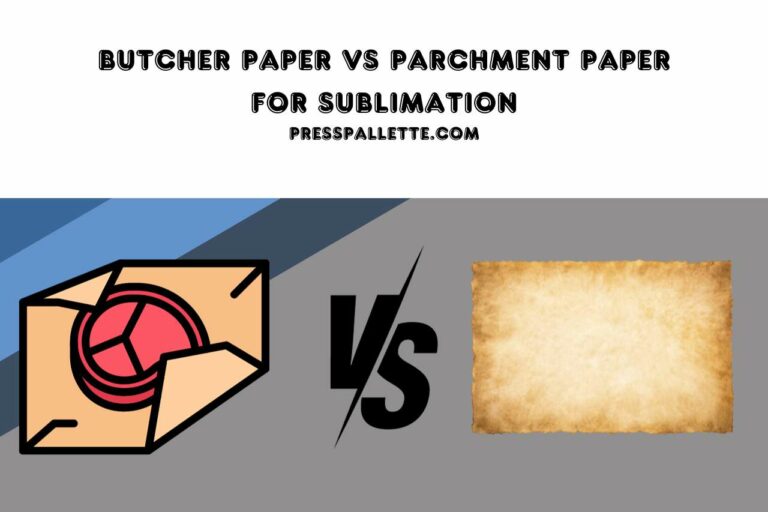What does BG Mean in Shoes? Decoding the Mystery!
You may have encountered several shoe words when shopping in-person or online that have left you perplexed with regard to what they imply. BG is one of these words. What Does BG Mean in Shoes, though?
You could be aware that various shoemakers frequently use various acronyms to indicate the length, breadth, and other distinctive aspects of their footwear. You may occasionally see acronyms like A, B, M, D, and E. To find out the true meaning, continue scrolling.
Why are there Acronyms for Shoes?
Slang terms and acronyms have been used to create a vocabulary unique to the shoe business. These terminologies define the many elements, components, and shoe designs. And although learning this lingo may appear intimidating at first, it’s really not that tough.
These age ratings for sneakers are often used
BC
BC is an abbreviation for “Baby Crib Shoes.” It is utilized to denote footwear designed for infants that are between 0 and 3 months of age.
BG
BG is an abbreviation for “Boy Grade.” This word refers to footwear made for boys in elementary school when they were between the ages of 6 and 12.
C
The letter “C” stands for “Child.” used to differentiate between children’s and adult shoe sizing.
GS
The abbreviation “GS” stands for “Grade School.” It refers to footwear specifically designed for elementary school students. Children around the ages of 6 and 12 can wear GS shoes.
GG
An abbreviation for “Girl Grade School.” This phrase describes footwear made especially for girls in elementary school or who are between the years of six through twelve.
I
The abbreviation “I” stands for “Infant sizes.” It refers to footwear made specifically for newborns from three to twelve months of age.
Abbreviation for “Kids.” It is used to identify the dimensions of shoes for early preschoolers.
The first P in the acronym refers to “Pre-School.” It is a selection of shoe sizes made to accommodate kids between the ages of two and five.
SP GS
The abbreviation “SP GS” refers to “Special Project Grade School.” The phrase is created by fusing the abbreviations “SP” for special projects as well as “GS” for grade school. It refers to a special version of a shoe made just for kids (grade schoolers) between the ages of six and twelve.
TD
TD is an acronym for “Toddlers.” It is a size range of shoes intended to accommodate children between the ages of one and three.
TDV
TDV is an abbreviation for “Toddlers with Velcro.” It is employed to denote footwear that is specifically made for children between the ages of 1 and 3 and has a velcro closing in place of laces.
Y
The letter “Y” indicates “Youth.” It is a group of shoe sizes intended to accommodate kids between the ages of six and twelve. Basically, in the United States shoe measurement structure, “Y” stands for grade school levels.
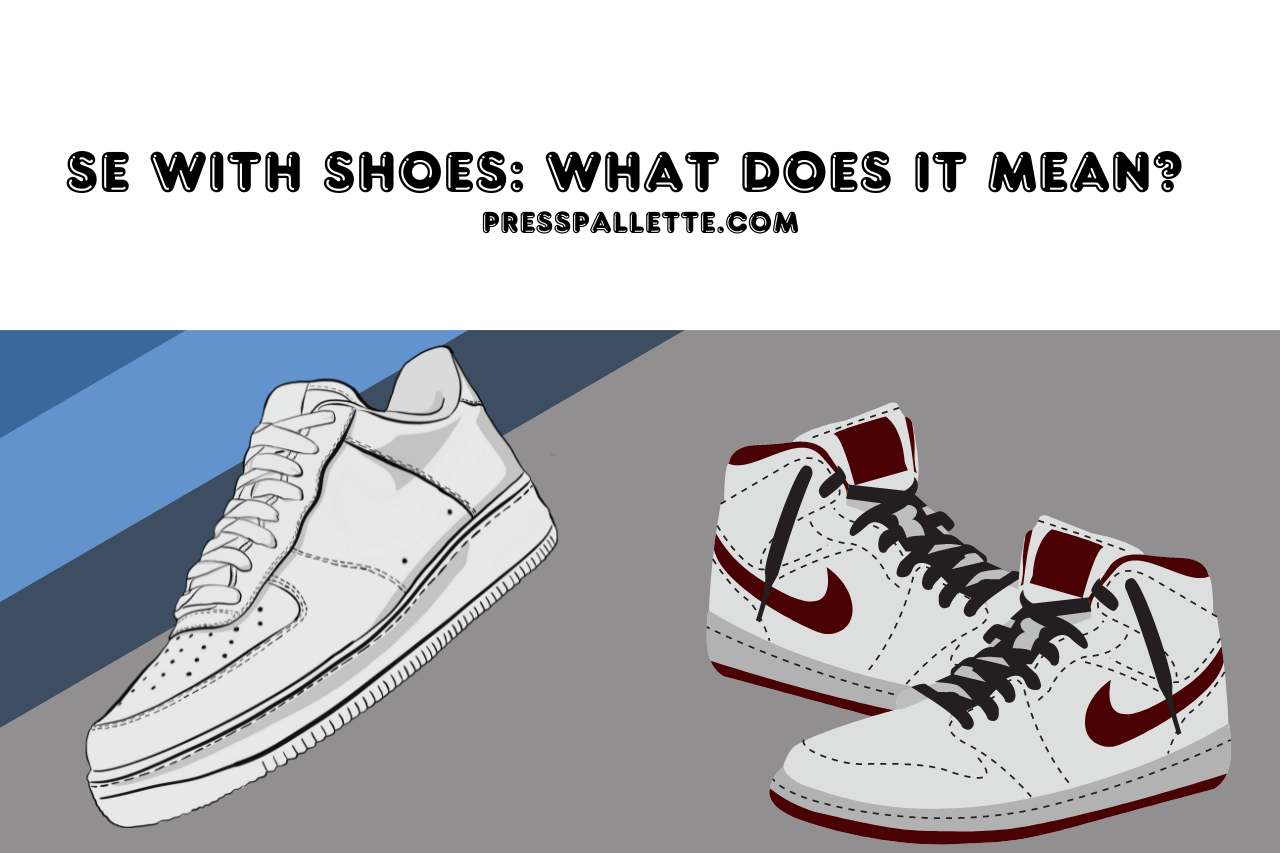
SE with Shoes: What Does It Mean?
In every pair of shoes, SE is short for Special Edition. On notable occasions, major times, holidays, etc., several shoemakers introduce their own range of items.
These sneakers are designated as a special edition because they are only made available during special events. Additionally, they could allude to a relevant aspect of the celebration. Such SE shoes often have a distinctive appearance and are constructed with particular characteristics.
SE shoes also often have a high value since they signify something exceptional. Typically, they represent the significance of or are connected to the day of release. As a result, it’s a common method for shoe firms to celebrate.
Additionally, the layout and style of special edition/SE footwear typically convey the importance and purpose of the occasion. But occasionally, some individuals are still unsure of the difference between Special Edition as well as Limited Edition.
Since they have such distinct representational values, these are actually entirely separate. And this is cited as one of the justifications for producing the limited-edition shoes.
GS with Shoes: What Exactly Does It Mean?
“Grade School” is what the abbreviation GS refers to. These boots are made to accommodate the standard foot size of school-age children, who are typically between the ages of 3 and 8. This marking aids in choosing footwear that is appropriate for children of that age.
For people who are interested in the history of GS acronyms, it should be noted that Nike was the company to establish them initially when it released the line of Air Jordan sneakers for kids.
After this, the expression “shoe” became extremely popular, and many shoe firms began using GS (in addition to other related naming conventions) for their goods.
All brands, including labels, agreed that a system of classification is helpful, particularly when a company offers a wide range of different-sized choices.
Keep in mind that the word “GS” does not alone denote a certain shoe size. Instead, it contains a wide range of various proportions in multiple-size diagrams.
For example, the difference between size 6 GS and size 6 for grownups is enormous! Sometimes, age is important as well; GS shoes for a 6-year-old may not be identical to GS for a 7-year-old.
Some brands redesigned their most popular adult styles into smaller-sized versions to create GS shoe collections.
What emerges are the original’s smaller equivalents, accurately proportioned to preserve the majority of the original layout.
What does BG Mean in Shoes?
For males, BG wearing shoes stands for grade school fitting. It shows sizes that are appropriate for kids who have outlasted toddler proportions but aren’t quite adult sizes, usually for kids between the ages of 6 and 12.
The abbreviation “BG” is widely used across the footwear business to designate a particular size category for boys in elementary school.
Children who are normally between the ages of 6 and 12 and have surpassed baby sizes yet still haven’t transitioned into adult sizes belong to this particular sizing group.
It’s crucial to remember that BG size is commonly utilized for shoes made for young men and is not just for boys’ shoes.
Given that companies strive to offer children pleasant and long-lasting footwear, this size range is frequently linked to premium footwear.
How Should The Child’s Feet Be Measured for Nike Shoes?
- A straight edge and a sheet of paper are required.
- Place some paper beneath your child’s foot.
- The foot should be as flat as feasible, with the heel towards the exterior wall.
- With a writing instrument or pencil, trace a circle around your foot’s biggest portion.
- Get your kid’s shoe size by measuring.
As opposed to owning two pairs of footwear, which are either too tiny, get shoes within the sizes that your bigger footfalls into.
It’s crucial to gauge your child’s feet during the late afternoon. After a long day, feet frequently swell slightly. There must be no more than 5 inches between their biggest toe as well as the tip of their foot.
Put it in their normal footwear—regular, not overly thin or too thick—after putting on their regular socks. Ask them to take a few steps while wearing the shoes before you can determine if it fits them well. Only children who are physically capable—toddlers and older—are affected by this!
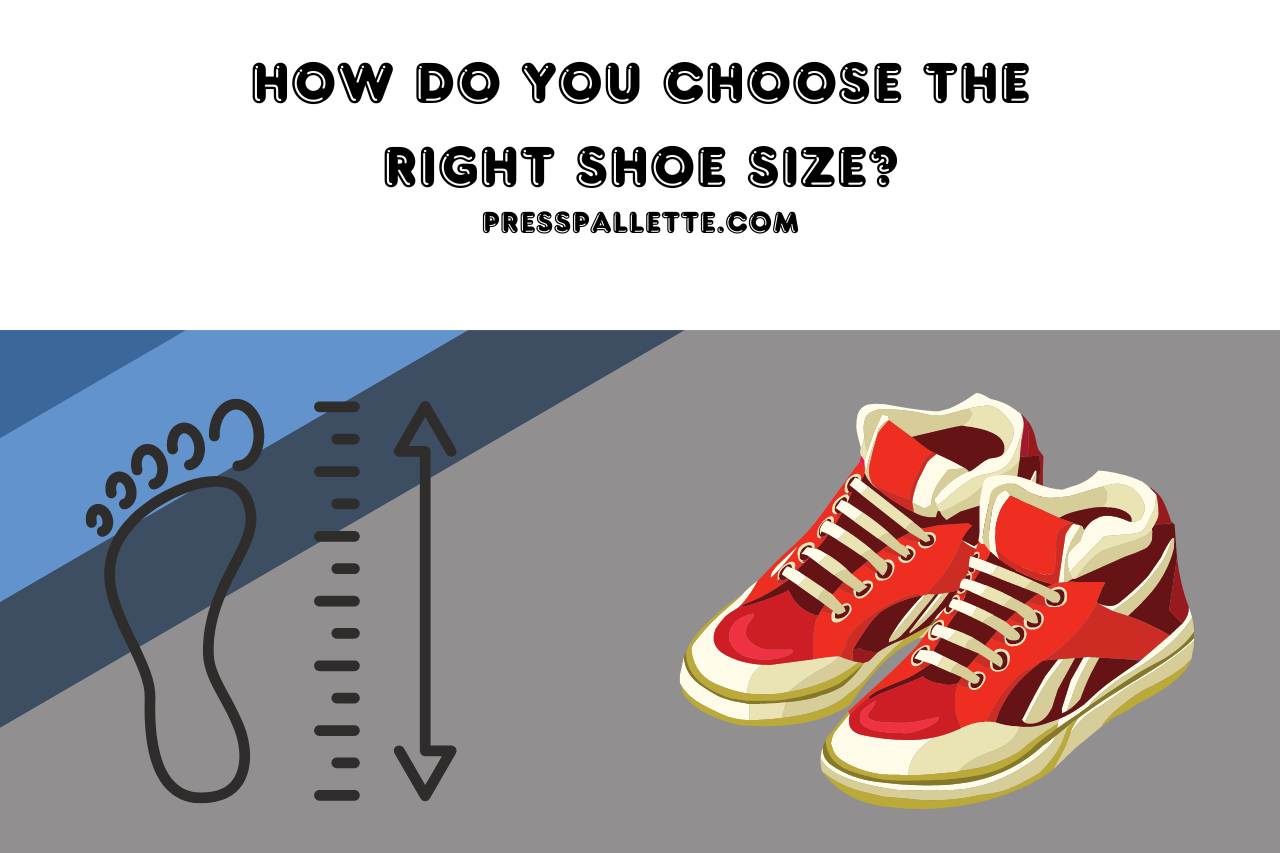
How Do you Choose the Right Shoe Size?
Usually, consider the measurement in CM as a guide when purchasing Nike shoes. This is true for all brands. Always check the feet and employ that number as a guide when selecting a size to make sure the pair fits the feet perfectly. A blank sheet of paper should be placed beneath the bigger foot while you lean against the back wall. Be certain that the heel is secured to the exterior wall.
Watch this one,
Video Credits – MIKE RICH

